Cienfuegos, Cuba
First of all, some historical facts on Cienfuegos: Initially, the settlement was named after the Taino Chief Jagua. Later, it took up the name of Fernandina de Jagua in honor of the Spanish King.
In 1829, it was renamed again. It was now called Cienfuegos in honor of Jose Cienfuegos, the Captain General of Cuba at the time.
In the 19th century, Cienfuegos was the world center of the sugar industry with the largest sugar exporting port.
Large settlement during colonial times
French influence was dominant and can still be noted in the architecture and French street names. Cienfuegos was one of the latest settlements established during colonial times.
First capital of Cuba
It progressed from settlement, to town, and became the first capital of Cuba. This development was due to its fertile fields surrounding it and advantageous trading location.
The city played an important role in the revolutionary events in September 1957. As a result of the uprising of the population against Batista, the city was bombed by the President resulting in major damage.
Driving to Cienfuegos – its all about plantations
During my bus trip from Trinidad to Cienfuegos, we passed kilometer after kilometer of government owned banana, mango, avocado, sugar cane plantations. In fact, the province is considered the bread basket of Cuba.
First impression
My first impression of Cienfuegos was that it was different to all the other Cuban cities I had visited so far. It was more modern and more organised. Even the pedestrian on the streets wore more stylish attire. I guess, all points mentioned so far justify that Cubans refer to it as “La Perla del Sud”.
First night in Cienfuegos
The first night I stayed at the Hotel Jagua. It is located at the end of Punta Gorda with a great view of the Palacio de Valle.
It was a good hotel with a large sea front swimming pool onto the bay.
Albeit, internet connection was an issue as it was during my entire trip through Cuba. It was only available in the lobby and only if you were in possession of a (rare) scratch card.
By the way, a walk on the promenade all the way to the end of the tip is really nice. There is a little park and a coffee shop to sit down and enjoy the environment.
Palace de Valle
It was the residence of the richest sugar baron. Completed in 1917 at a cost of 1.5 million US$ with materials imported from Spain, Italy, and the US. The bizarre architectural style was influenced by French, Italian, and Cuban architects and by the Andalusian origins of the owner.
The blue Palace
Close by is the Hotel Encanto Palacio Azul with 7 rooms, a kitchen and lounge area.
It is the first building in Cuba with historical, architectural and cultural values turned into a hotel.
I visited the place and came to the conclusion that if I come back to Cienfuegos I would try to get a room there.
Albeit, this is not an easy task as it is booked out most of the times.
Cienfuegos Yacht Club
Next door to the Palacio Azul is the Yacht Club. It first opened its doors in the 1920s.
The terrace faces the marvellous Jagua Bay. I enjoyed a sundowner overlooking all the yachts anchored in the little harbour.
Jagua Bay of Cienfuego
The beautiful bay was first visited by Christoph Columbus in 1494. With its 88.46 square kilometers, it is the third largest in Cuba. In 1983, with Russian aid, the building of a nuclear plant began however was never terminated.
Moving into the center of Cienfuegos
The following day, I moved into the Hotel La Union right in the center of town. It passes for one of the best in Cienfuegos.
It is a pretty building with an internal Spanish patio, a swimming pool and a restaurant. There is also a roof terrace which is not really appreciated by the hotel guests. I enjoyed a lonely sun downer overlooking the main shopping street of town.
Food at the restaurant was ok. The service of staff in the hotel was very pleasant.
Parque Marti
At walking distance from the hotel is the central square and the park.
Jose de Marti started the chess board type building planning of the city at exactly the point marked by the granite rosette in the pavement in the square.
It was taken up in the UNESCO World Heritage list in 2005 for the best example of the early 19th century Spanish enlightened implementation in urban planning.
Triumphal arch
The only triumphal arch in Cuba was erected here by homesick French settlers. They left their imprint in town still noticeable today.
After the revolution, it was renamed the Workers Arch.
Main Cathedral
The Nuestra Señora church is located near the park and main square. It was built in 1869 and worships the Concepcion Immaculate which is also the city’s patron saint.
I found the French stained-glass particular amazing.
Palacio Ferrer
One of my preferred buildings in Cienfuegos was the “Iron Palace”. It is also known as the Casa de Cultura.
Built between the 1917/18s, it was owned by a very wealthy Spanish merchant and landowner .
During the golden times of Cienfuegos, a number of famous singers and actors of the time were hosted here.
This includes Enrico Caruso, the famous Italian tenor, who stayed for a couple of nights in 1920.
Teatro Tomas Terry
This theatre was built in 1890 with the inheritance of the Venezuelan sugar baron Tomas Terry.
It represents one of the three Cuban theaters expressing the vernacular during the 19h century Cuban scene.
Gustav Klimt painting
On the right hand side of Teatro Tomas is a popular bar. I found this painting reminding me of Gustav Klimt’s style. They serve a very good coffee, cappuccino, and croissants. I was offered to buy American cigarettes (otherwise impossible to find in the country).
Music Dome
This is the music dome in Parque Marti.
If you hang out long enough in the area, you might be lucky to experience some spontanous live musical performances. Otherwise you might listen to some speaker elaborating in what ever issue.
Historical Naval Museum
Next stop was the mostly overlooked Museo Historico Naval National.
I found in depth information on the events of September 1957. That is when a group of sailors and civilians staged an unsuccessful uprising against the Batista regime.
Some interesting facts on the Bay of Pigs invasion are also provided. While it does include important moments of Cuba’s naval history, I was more intrigued by my surroundings during my slow motion ride in the rickshaw.
Visiting the fortress at the sea entrance to the bay
I took a local ferry boat to the Castillo de Nuestra Senora de los Angeles de Jagua.
This is a fortress erected in 1745 as protection against Francis Drake, Jacques de Sores and other fearsome Caribbean pirates.
Seriously overcrowded ferry
The ferry was worryingly overcrowded. If you want to play it safe, you might want to take an excursion boat instead.
Small villages around the bay
Having said that, I still enjoyed the boat ride as it made a couple of stops at small settlements on the way. It gave me a bit of an insight on the habitat of the local population living here.
Great view of the narrow passage
From the top of the fortress, I got a great view of the rather narrow entrance into the bay. It must certainly be tricky for huge tanker ships to navigate through it to reach the refinery located in the bay.
Unusual altar in the chapel
I found the altar in the tiny chapel quite intriguing.
It reflects the Creole symbiosis of the peninsular saints and the aboriginal voice.
Skyline of Cienfuegos
As we were heading back to town, bad weather was on the horizon but we still got a pretty sea view of Cienfuegos and the yacht club.
In search for my veggies
Wherever I go, I love to visit local markets as they tell so much about the people in the area.
In Cuba however, it is best to buy fresh fruit and vegetable from the little carts cruising around town.
Excursion from Cienfuegos to Rancho Luna
One day, I went to Rancho Luna some 15 minutes from town. Taking advantage of me paying for the gasoline, the driver, after seeking my agreement, stopped on the way to consult a healer as he had a bad back.
I used the short waiting time to explore the little village and chat to a couple of kids.
The taxi driver appeared to be feeling a lot better when he emerged again and I was amazed that the treatment of the healer was free of charge.
Rancho Luna has a nice hotel and a descent beach. It could be considered a holiday destination.
Dolphin centre
As I was in the area, I visited the Delphinario. First I ascertained that the living conditions of these amazing animals were compatible with my strict standards for kept wild animals. Then I actually decided to take a swim with them. It was extraordinary. I now understand why dolphins are used to interact with e.g. physically challenged kids.
Conclusion:
I would say Cienfuegos should be part of your trip to Cuba if wanting to see different aspects of the country. It is easily reachable by bus, car/taxi and by plane. I always quite like to go by road but that obviously depends how much time you have.
Check out the things I did in Cienfuegos.
___________
There are more posts on this location and for more tips on Cuba click on tips and What to Pack, Cuba visited as a sole female traveller
My destinations in Cuba were Havana, Trinidad, Vignales, Cienfuegos, Varadero, Santiago de Cuba
Enjoy the reading!

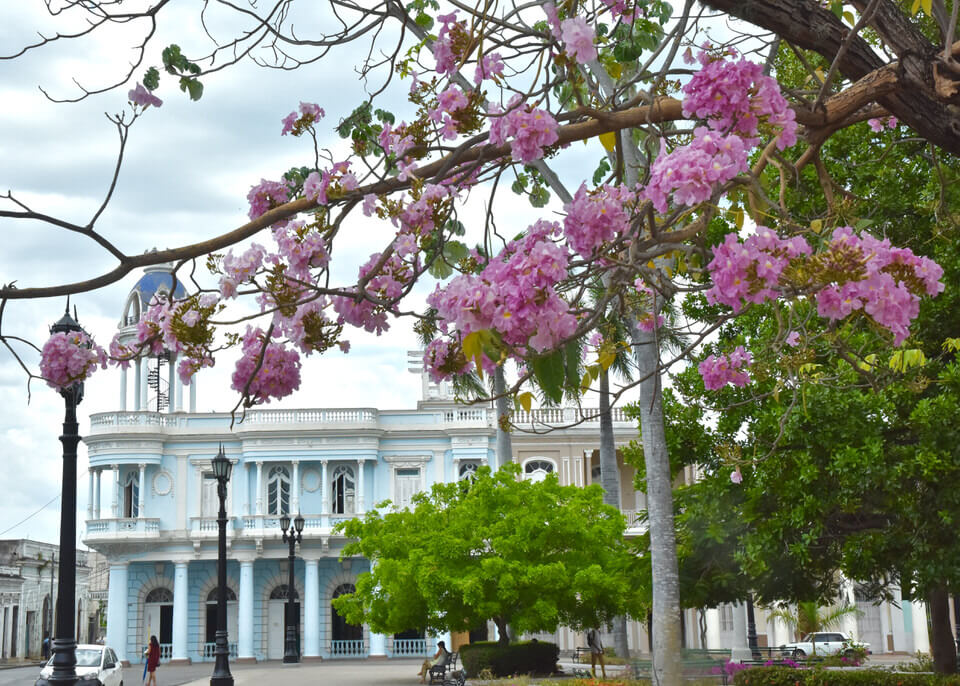
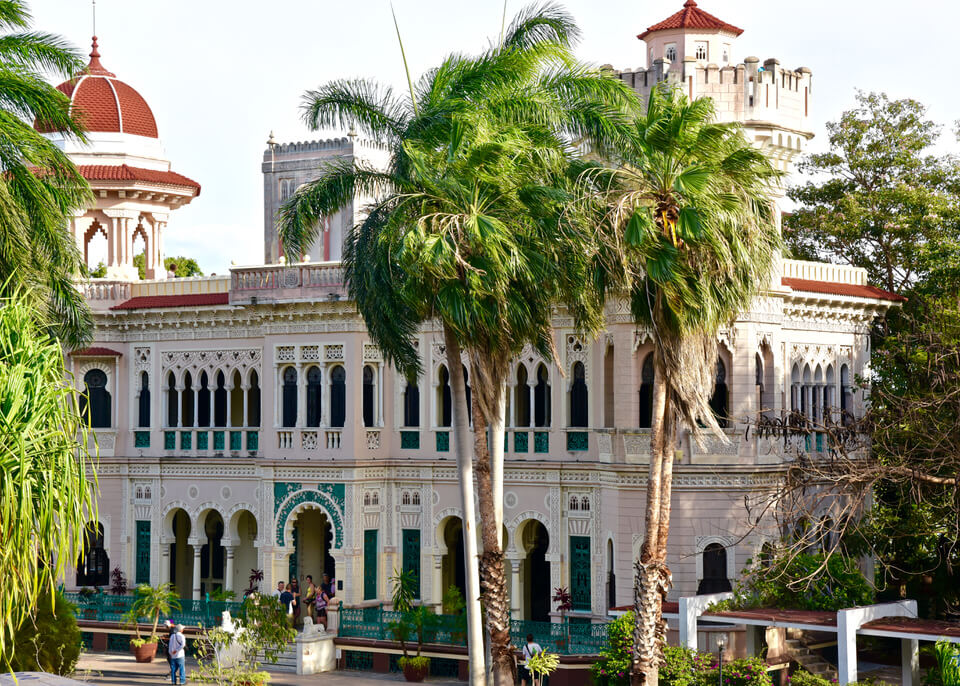
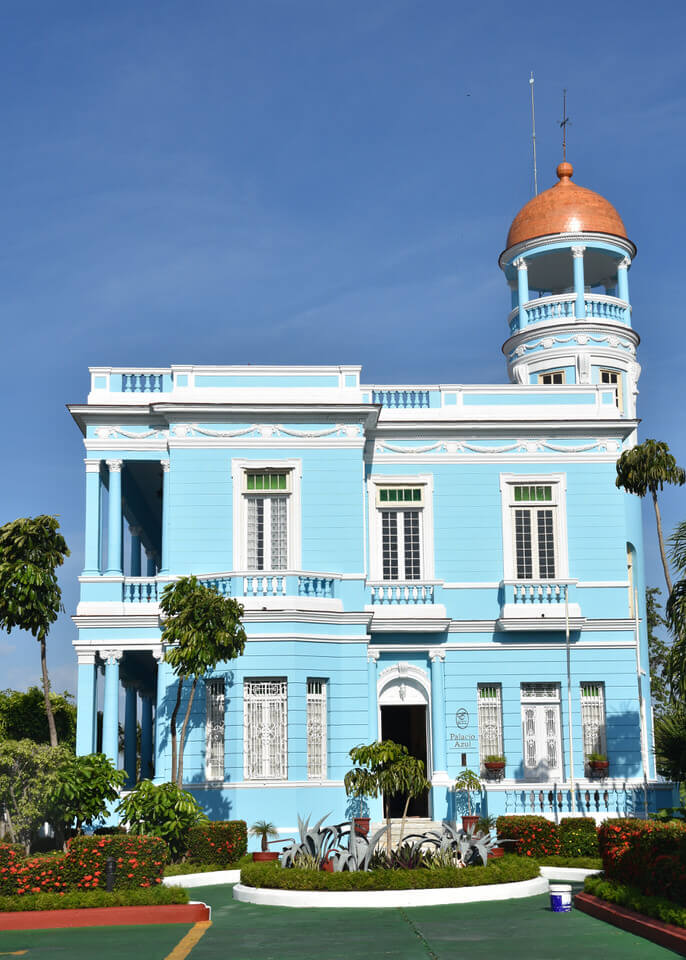

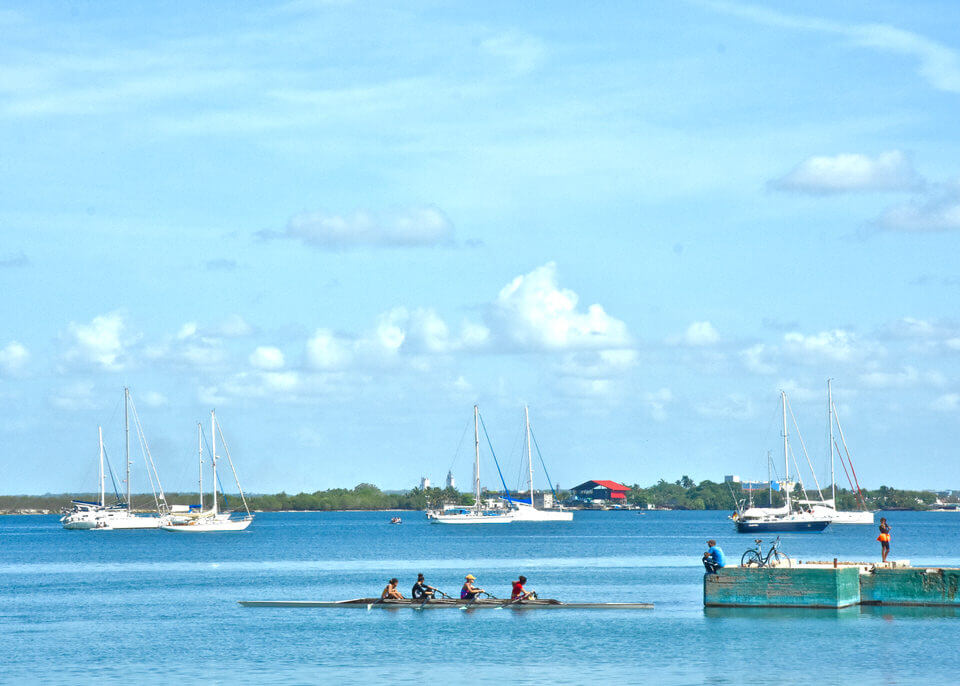
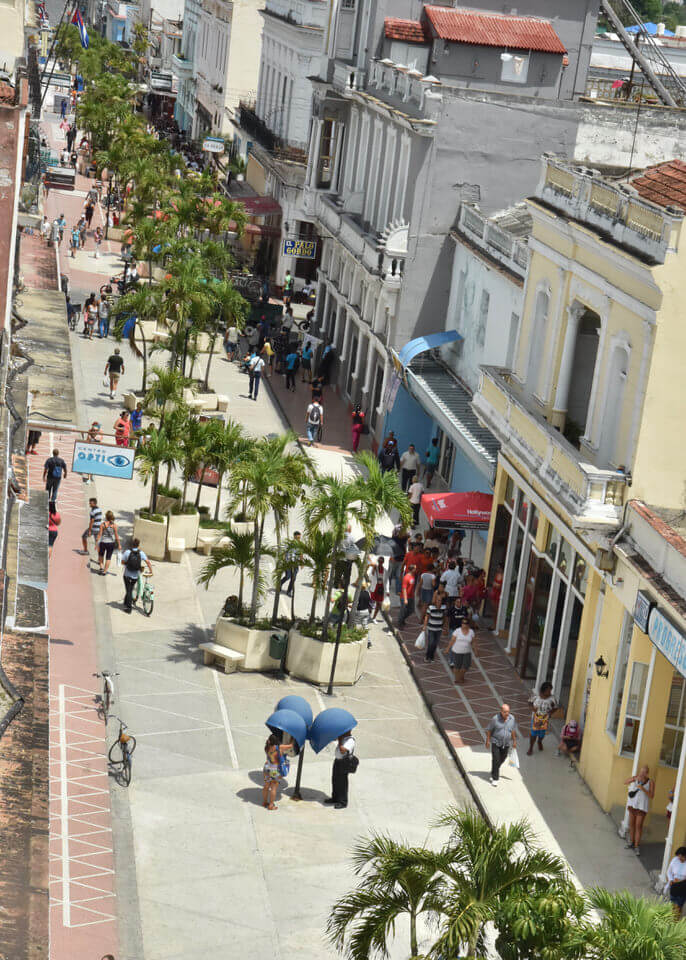
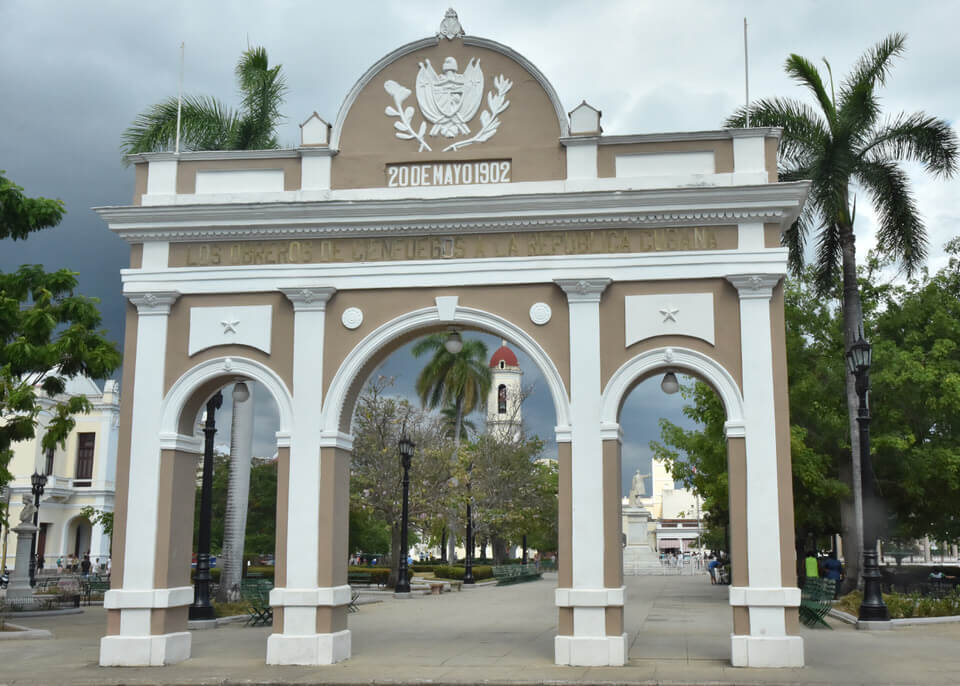
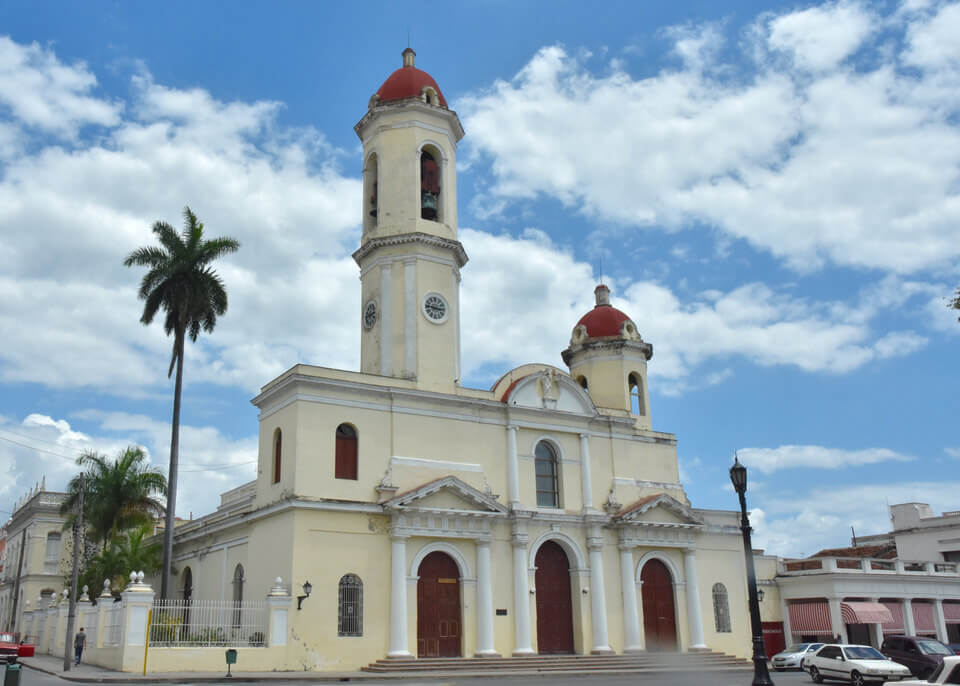
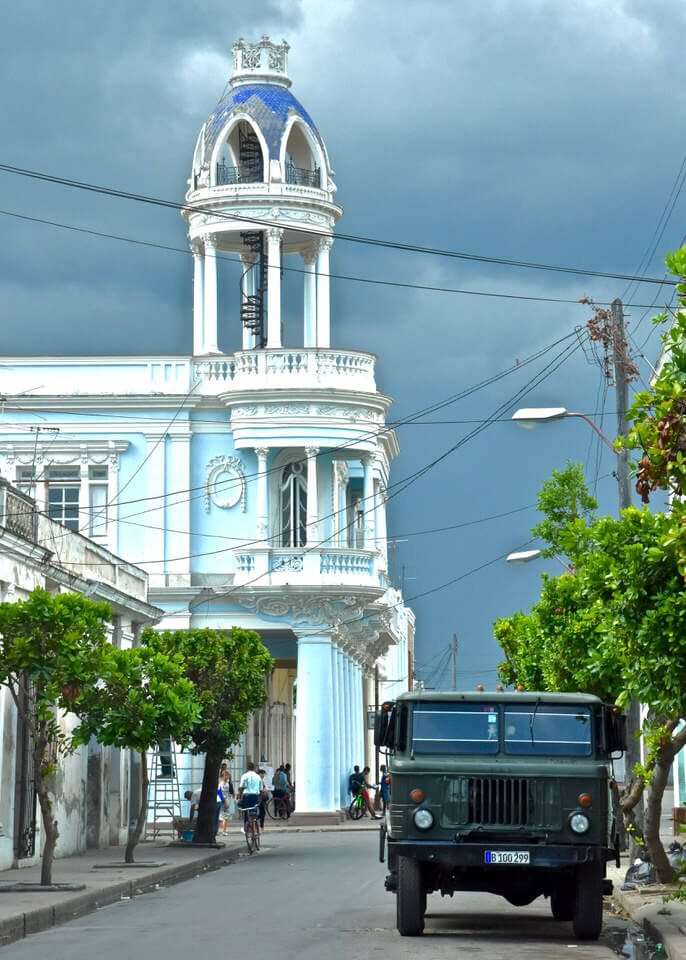
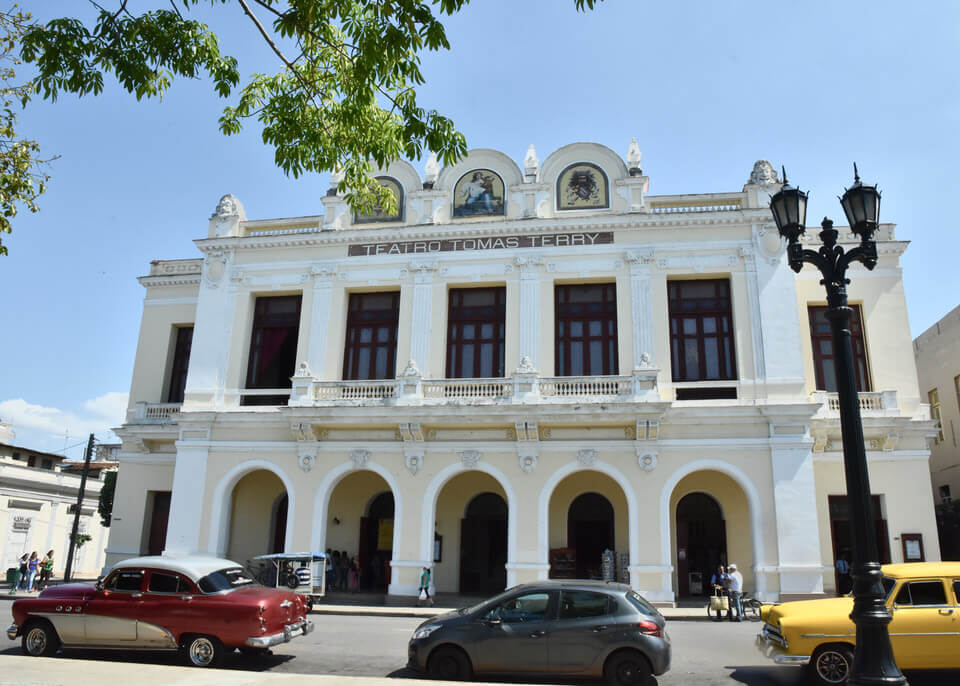
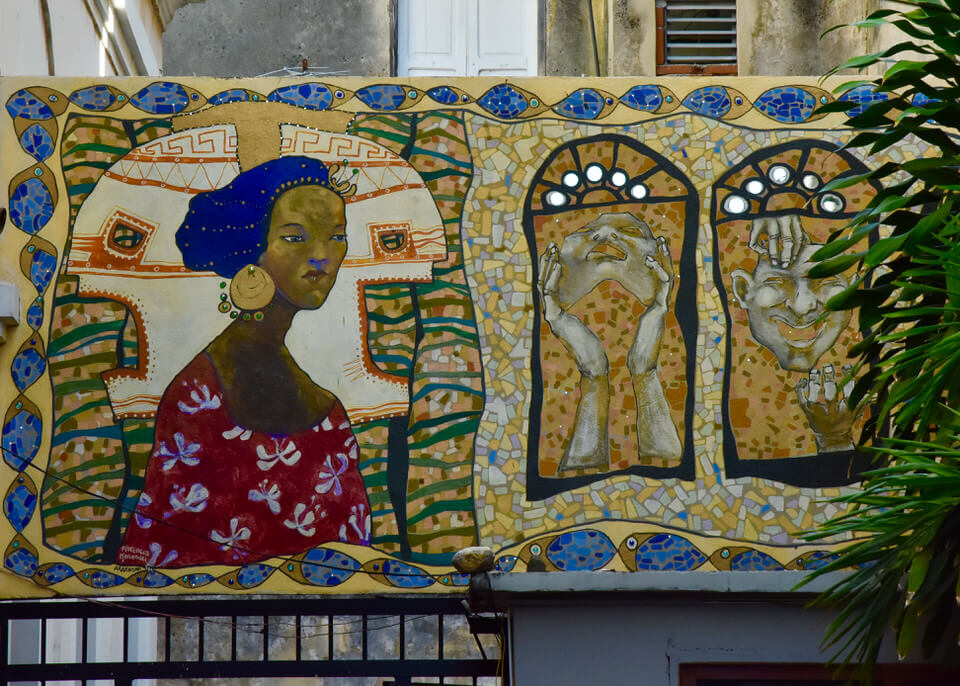
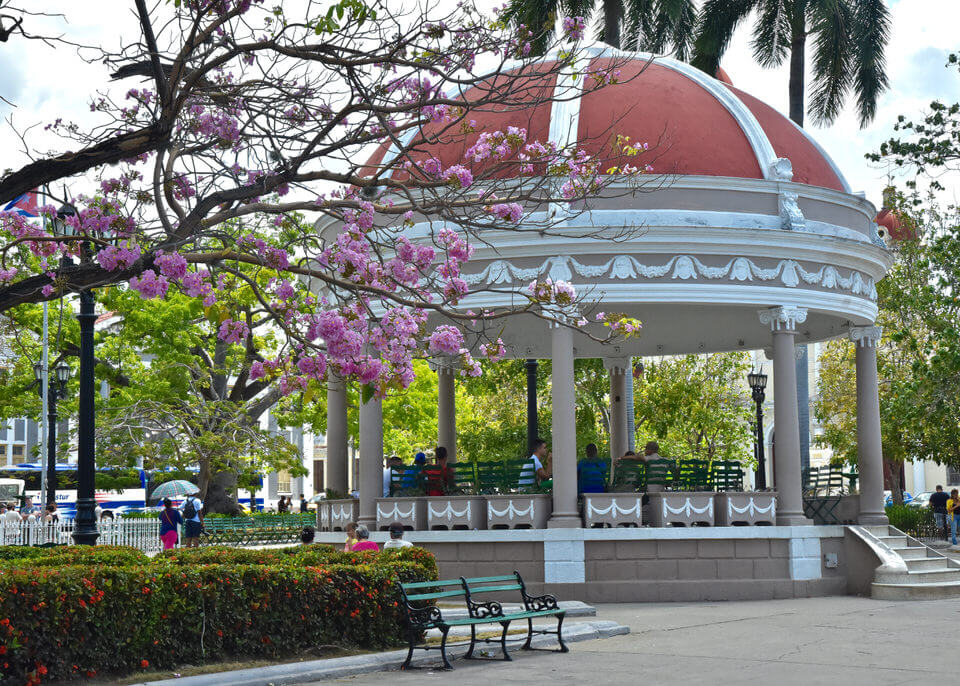
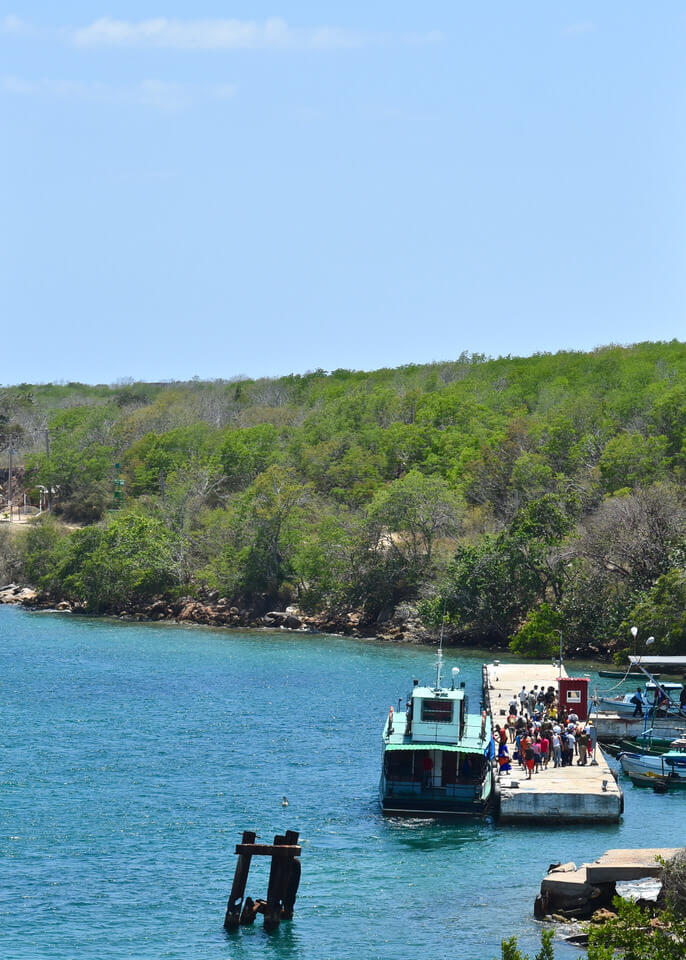
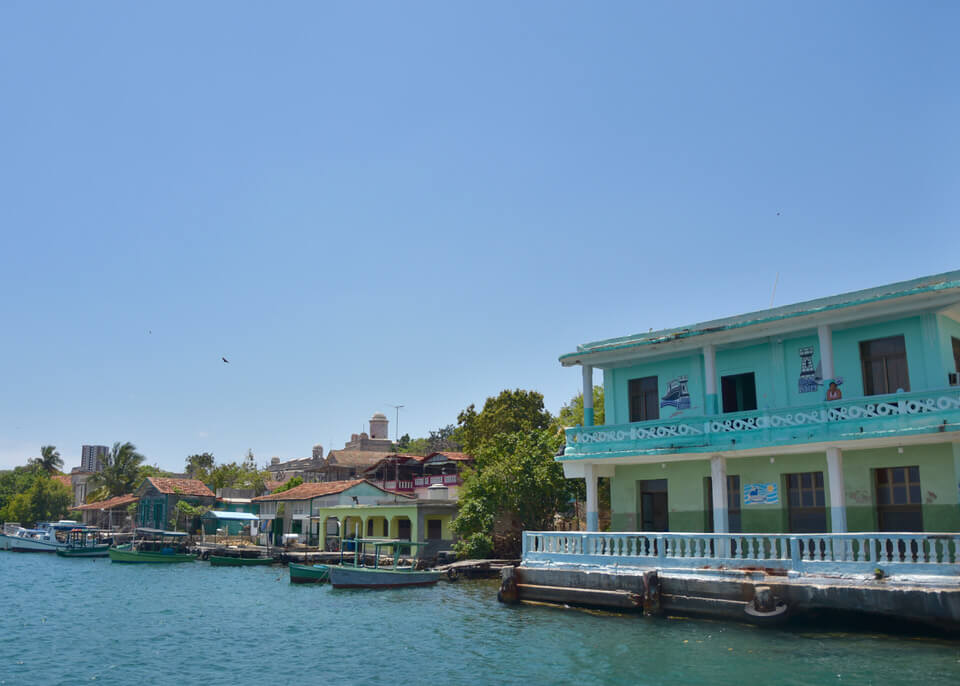
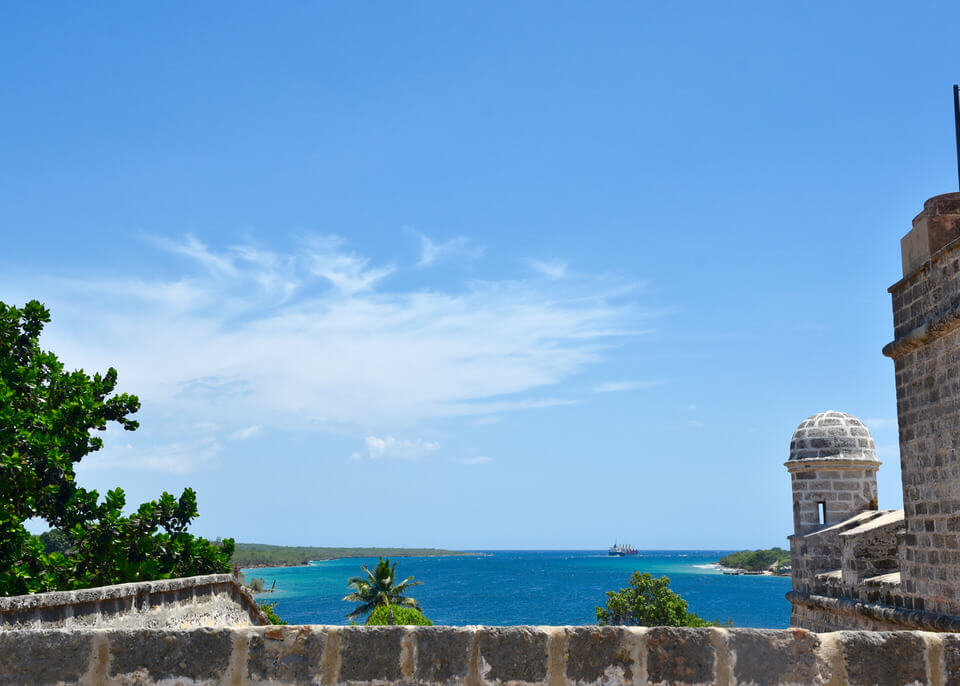
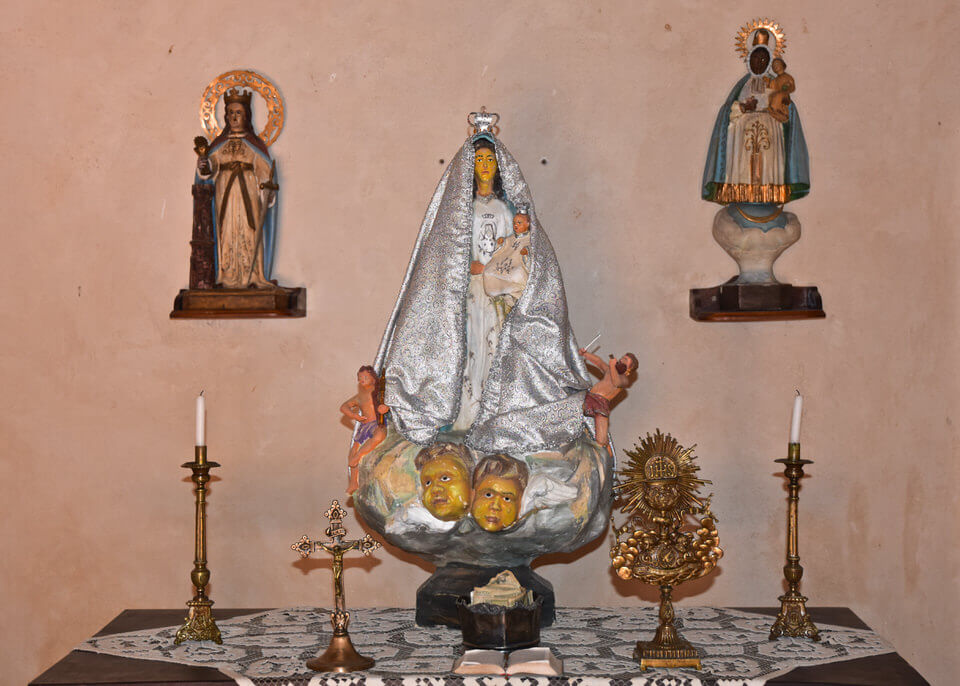
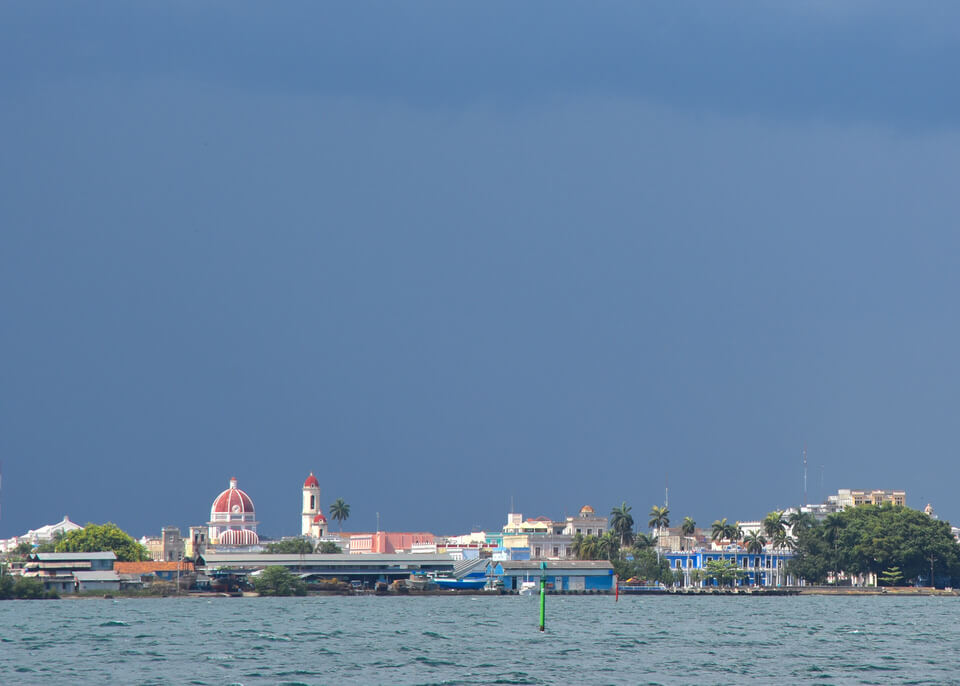
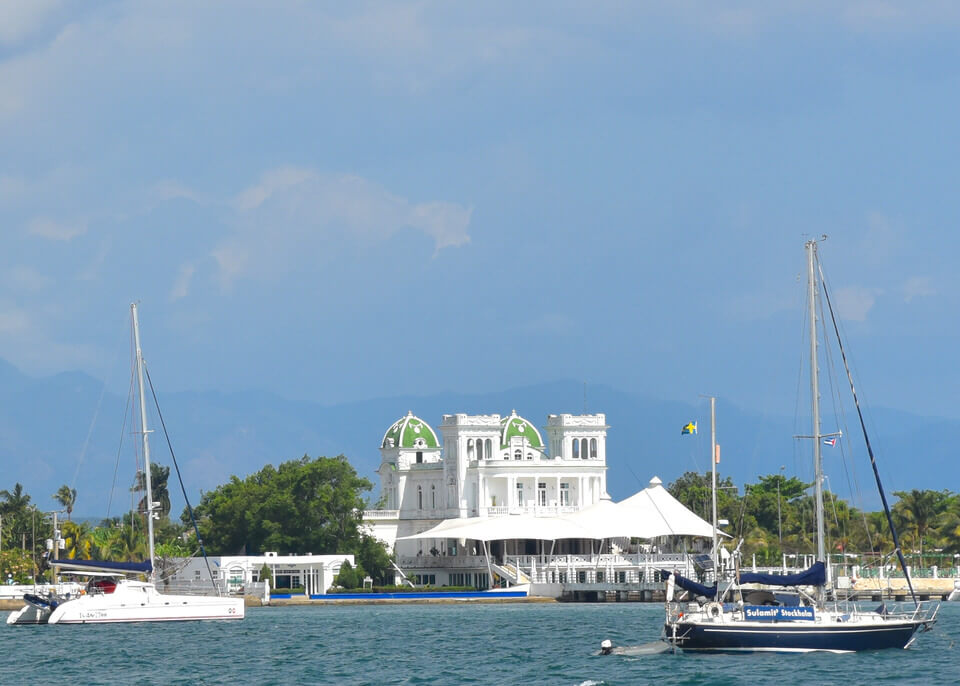
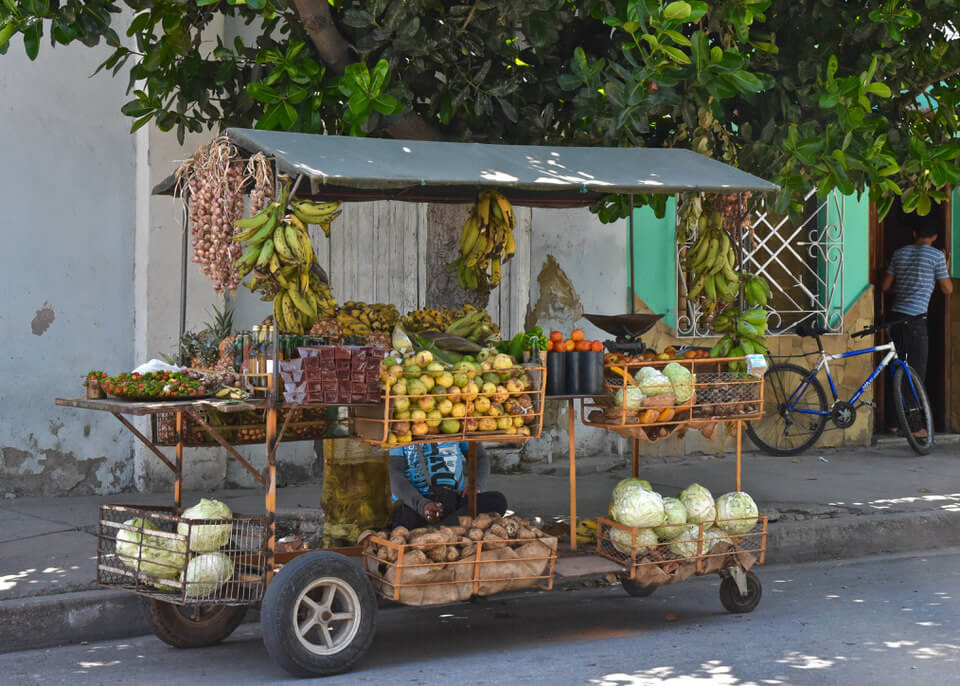

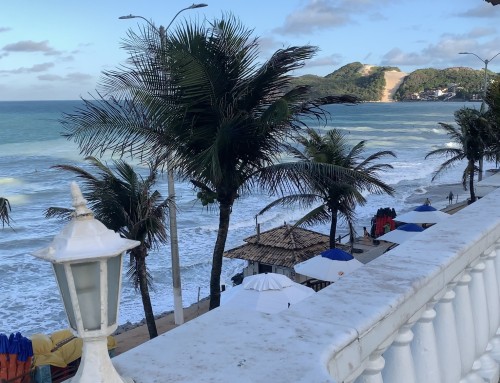
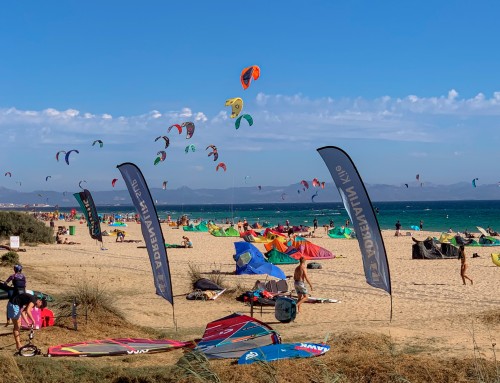
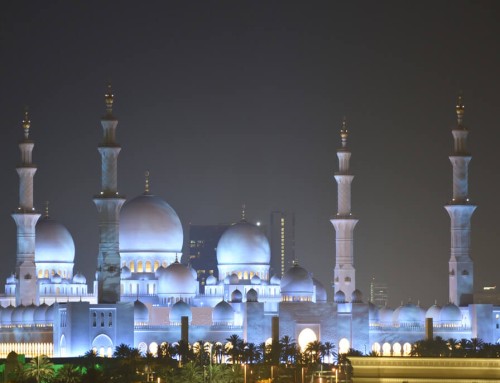
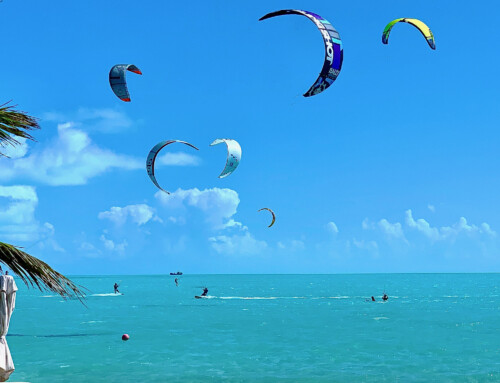
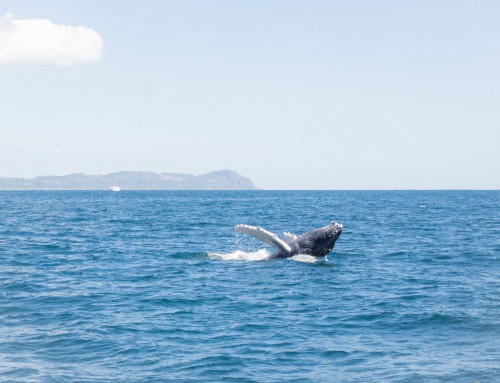
Leave A Comment
You must be logged in to post a comment.